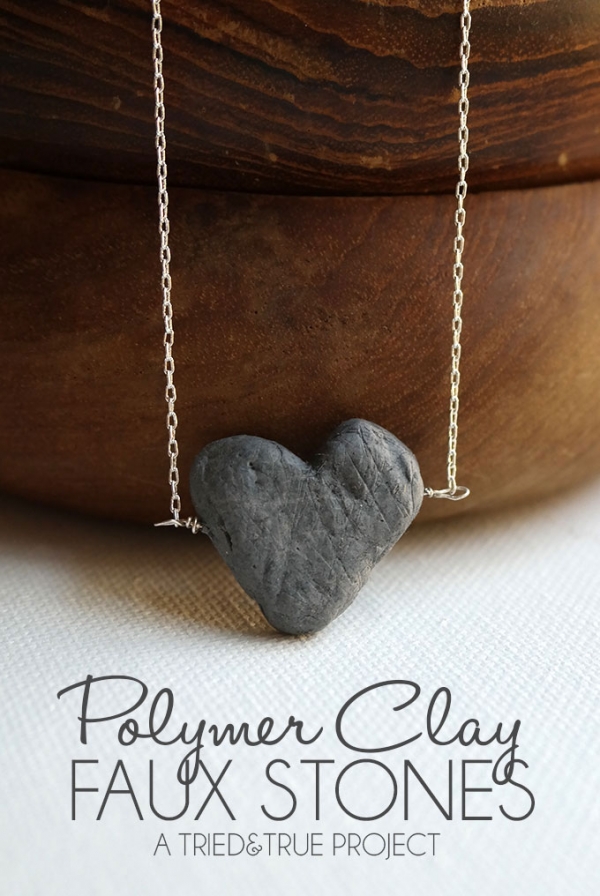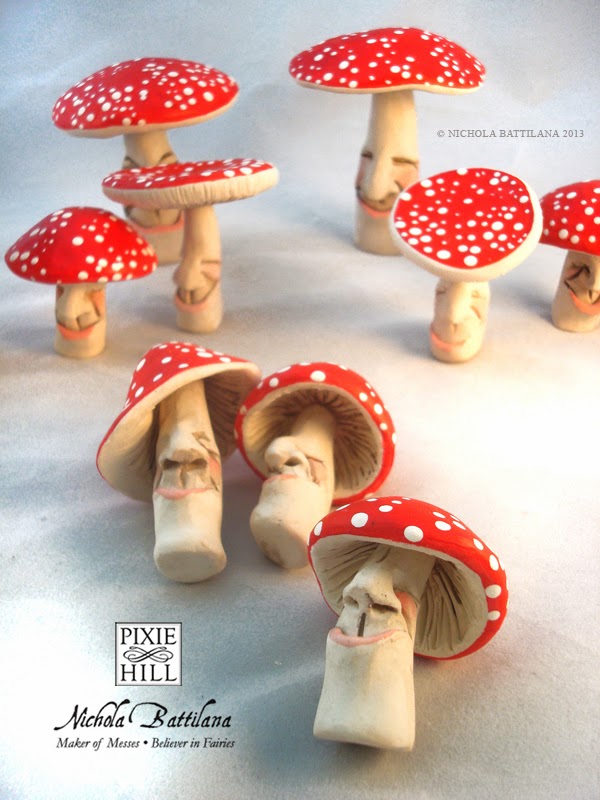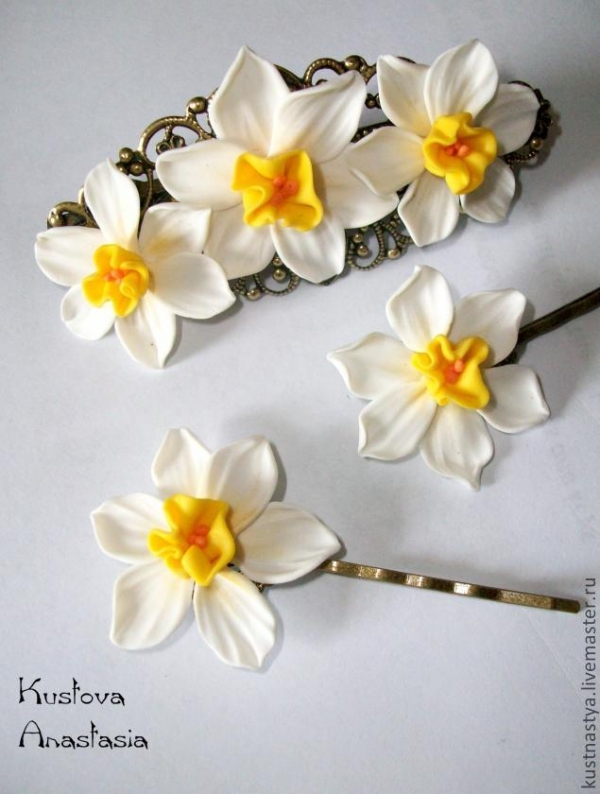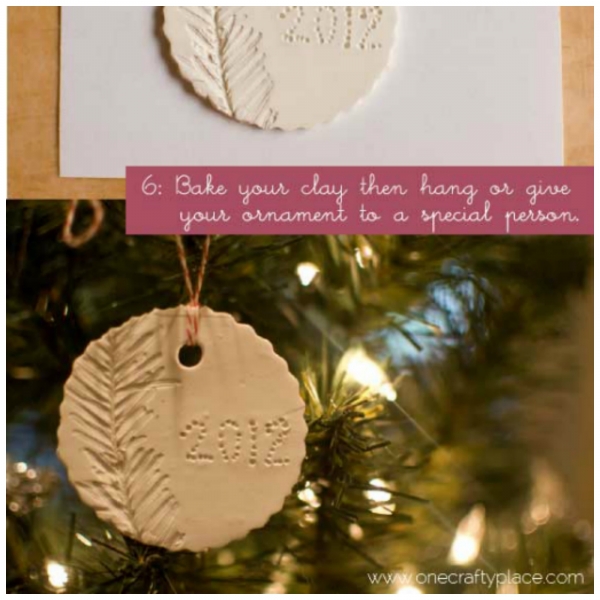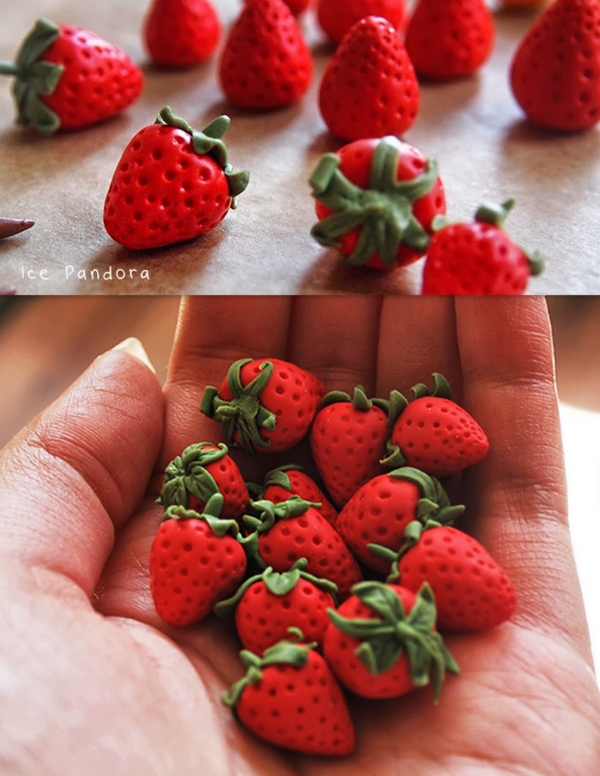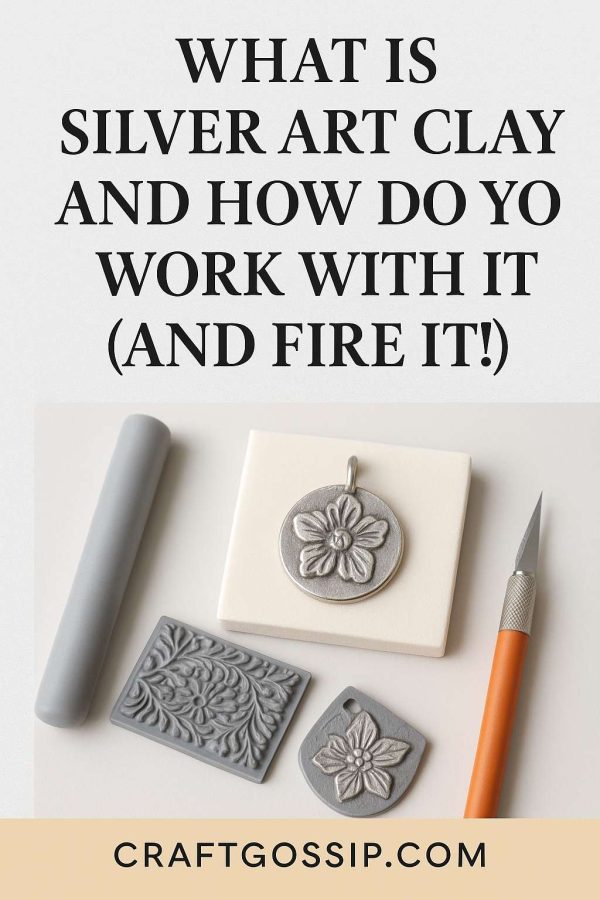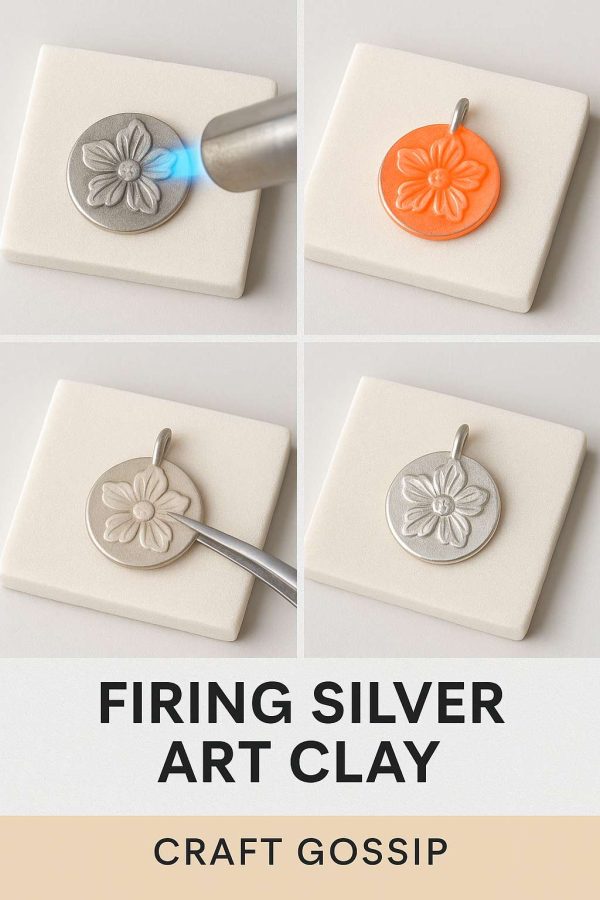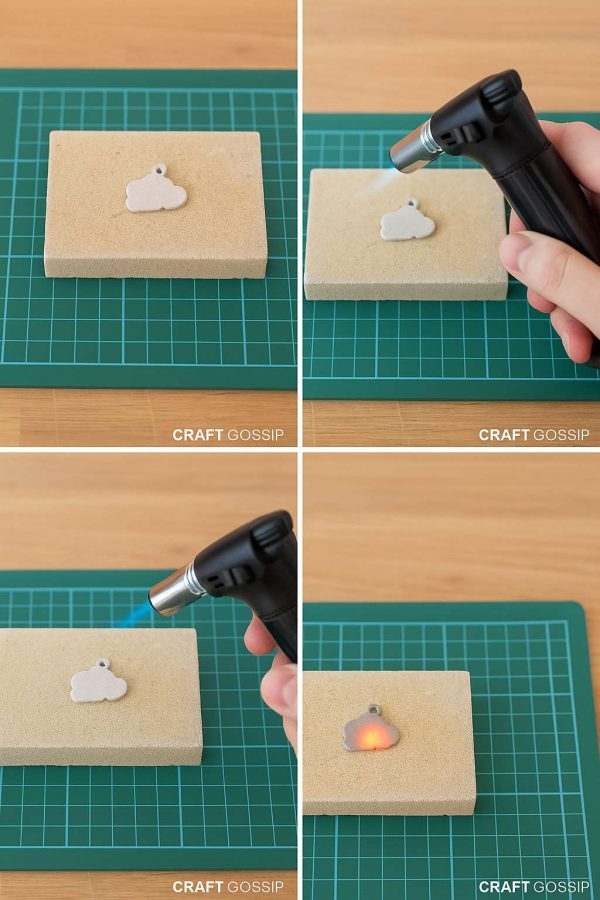
There’s something truly magical about crafting with clay, and when it comes to finding inspiration for new projects, there’s no better source than nature itself. That’s why we’ve compiled a list of 7 clay projects that were inspired by elements found in the natural world. From stunning rainbow trees to adorable mushrooms, each of these projects features different clay molding techniques that are sure to inspire your next creative endeavor.
First on the list is the rainbow tree, a colorful and whimsical creation that is sure to brighten up any room. Using a combination of different colors of clay and a bit of imagination, you can create a tree that is bursting with vibrant hues and playful texture.
Another project on our list that is perfect for nature lovers is the mushroom project. These cute and charming mushrooms are perfect for creating little DIY fairy gardens, or simply as a decorative addition to any space. With just a few simple techniques, you can create a variety of different mushroom shapes and sizes, each with its own unique character.
Other projects on our list include a beautiful clay succulent, a charming clay birdhouse, a colorful clay fish, a playful clay snail, and a delightful clay bee. Each of these projects is a wonderful way to bring a bit of the natural world into your home, and with a little bit of clay, a little bit of creativity, and these easy-to-follow tutorials, you’ll be able to create your own beautiful and inspired clay projects in no time. So why wait? Get started on your next nature-inspired clay project today, and bring a bit of the outdoors into your home!
Check out this book on how to make polymer clay flowers.
1- Faux Stone Jewelry from Tried And True
2- Pleased Toadstools from Pixie Hill
3- Daffodil Hair Pins from Live Master
4- Leaf Stamped Ornament from One Crafty Place
5- DIY Mini Strawberries from Ice Pandora
6- Faux Wood Tutorial from Mini Ramblings and Musings
7- Blooming Branch from Idee Creative
